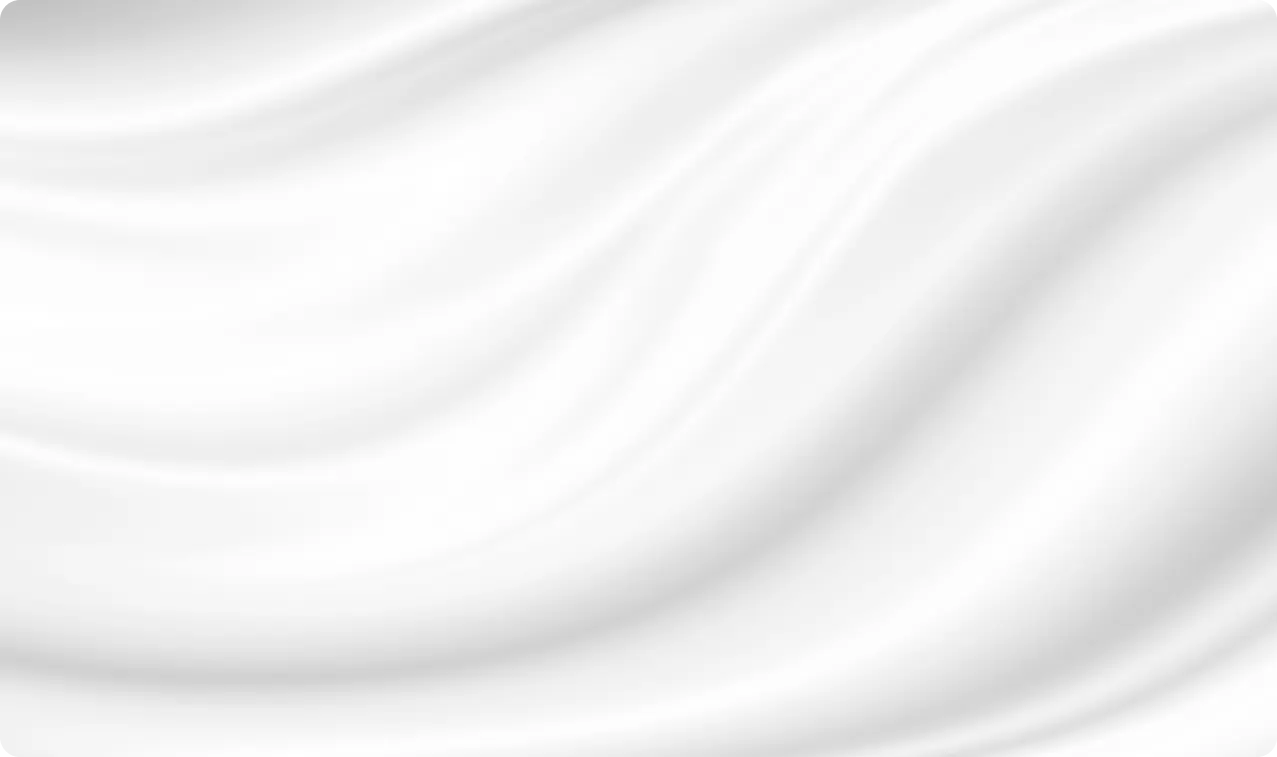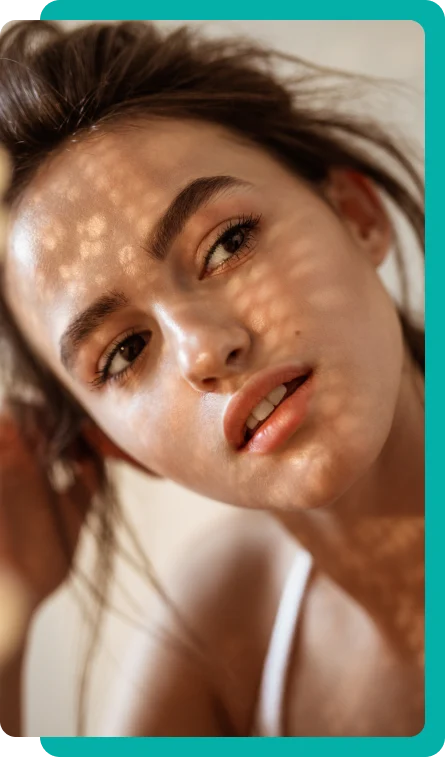For Patients
About
For Providers
Locations
Blog
Contact
Menu
As we age, our faces experience loss of volume – affecting muscle, fat, skin, and bones in the face. It also results in the appearance of dreaded fine lines, wrinkles, and hollow cheeks. Dermal filler treatments can help improve facial contours and restore a patient’s youthful appearance, but many of them wonder if this kind of cosmetic procedure is already needed as they reach a certain age.
So can women in their 30s get cheek filler treatments? Yes, women in their 30s are the best candidates for cheek fillers because it serves as a preventive treatment against different signs of aging. Everybody matures at a different age, so it’s best to consult an experienced doctor or filler provider about getting cheek fillers if you’re interested in adding cheek volume sooner or later.
Dermal fillers are some of the most versatile cosmetic treatments women can get to enhance their appearance or fight different signs of aging – which is why it’s not surprising that around 3.4 million procedures were performed in the country during 2020 alone. Cosmetic fillers are often injected in areas that require more volume, such as the lips, chin, nose, and cheeks.
Cheek fillers are popular among patients of all ages because they’re effective in adding volume to naturally flat cheeks or aging-related hollow cheeks. They come in different types, but most providers use hyaluronic acid fillers to minimize the risk of allergic reactions and other side effects like mild bruising, swelling, redness, and pain.
Although cheek fillers are safer cheek implants, many patients are still skeptical about getting a cheek filler procedure because they’re not sure when the best time for it is. Some patients are worried that getting cheek fillers early might lead to worse complications later on, while others think that getting dermal fillers too late might not be enough to help them reach their aesthetic goals.

The body’s natural collagen production starts decreasing around the late 20s to early 30s. A cheek filler procedure around this age is recommended because it helps the body produce more collagen and elastin – preventing smile lines, marionette lines, and other deeper lines before they appear.
By starting the cheek filler treatment early, patients require fewer cosmetic treatments than they do if they wait until their late 40s. Additionally, maintaining a youthful appearance over the years is easier instead of going through dramatic changes when you’re older.
Cheek fillers only require minimal recovery time, but getting them during your 30s also reduces the risk of complications because the skin is healthier than it is when you’re older. The cost of cheek fillers is around $600 to $1200 per syringe, but it’s still a lot less than the cost of cheek implants if you need them in the future.
According to the FDA guidelines, the minimum age for dermal filler treatments is 22 years old. The risk of any serious adverse event is still unknown when cheek fillers are used during pregnancy, by nursing patients, or by those who are under 22 years old.
Patients who are already in their 40s or older may still get dermal fillers, but they might not achieve the dramatic facial rejuvenation results they want if they didn’t start treatments early. This is because of different factors like skin laxity, bone resorption, and muscular changes.
There’s no exact age for safely getting temporary fillers because everyone ages differently. Regardless of age, it’s important to get facial filler products from an experienced plastic surgeon or aesthetic practitioner. If receive cheek fillers from an inexperienced provider, there’s an increased risk of infection as well as other side effects.
Remember that an experienced provider checks your medical history first and evaluates your facial profile before recommending a filler treatment plan.
To achieve the full effects of cheek fillers, they should be carefully administered into strategic injection sites on the face. Here are ways how cheek fillers can improve a patient’s facial profile once they’re injected:
The amount of dermal filler products required for the cheeks varies per patient because of different factors, such as the type of filler recommended and the results patients expect. Some of the common fillers used in the cheeks are hyaluronic acid fillers like Juvederm and Restylane. But with this type of filler, patients might need about 2 to 6 syringes to achieve the results they want.
Other alternatives include common fillers made of calcium hydroxylapatite (CaHA fillers), poly-L-lactic acidic (PLLA fillers), and polymethyl methacrylate (PMMA). Each of them contains a biocompatible but synthetic substance that increases the volume of the cheeks effectively. But the main problem with using these fillers is that they’re not always removable with hyaluronidase like a hyaluronic acid filler is. Some providers might also find these fillers difficult to work with.
Since dermal filler products are only temporary, patients need to return to the provider’s office every few months for additional filler treatments to maintain their results. They may resume normal activities within the day, but any strenuous activity is prohibited to prevent filler migration and other possible side effects.

Cheek fillers make patients look a few years younger by erasing deep facial wrinkles and making the cheeks look full and defined – all without the need for cosmetic surgery. They’re a great choice for anyone over the age of 21 who wants to increase the volume of their flat or hollow cheeks. However, experts recommend getting them even before the signs of aging start showing.
At Dr. Lanna Aesthetics, we have a team of well-trained cheek filler injectors to help you get close to your treatment goals as possible. Call us today to book your first cheek filler appointment with an experienced provider.

Join Dr. Lanna & Dr. Doshi for a Transformation
Unlock the possibilities with our certified facial and oculofacial plastic surgeries. Attend our free webinar to find out how we can tailor solutions for you, with financing available to fit your budget.
